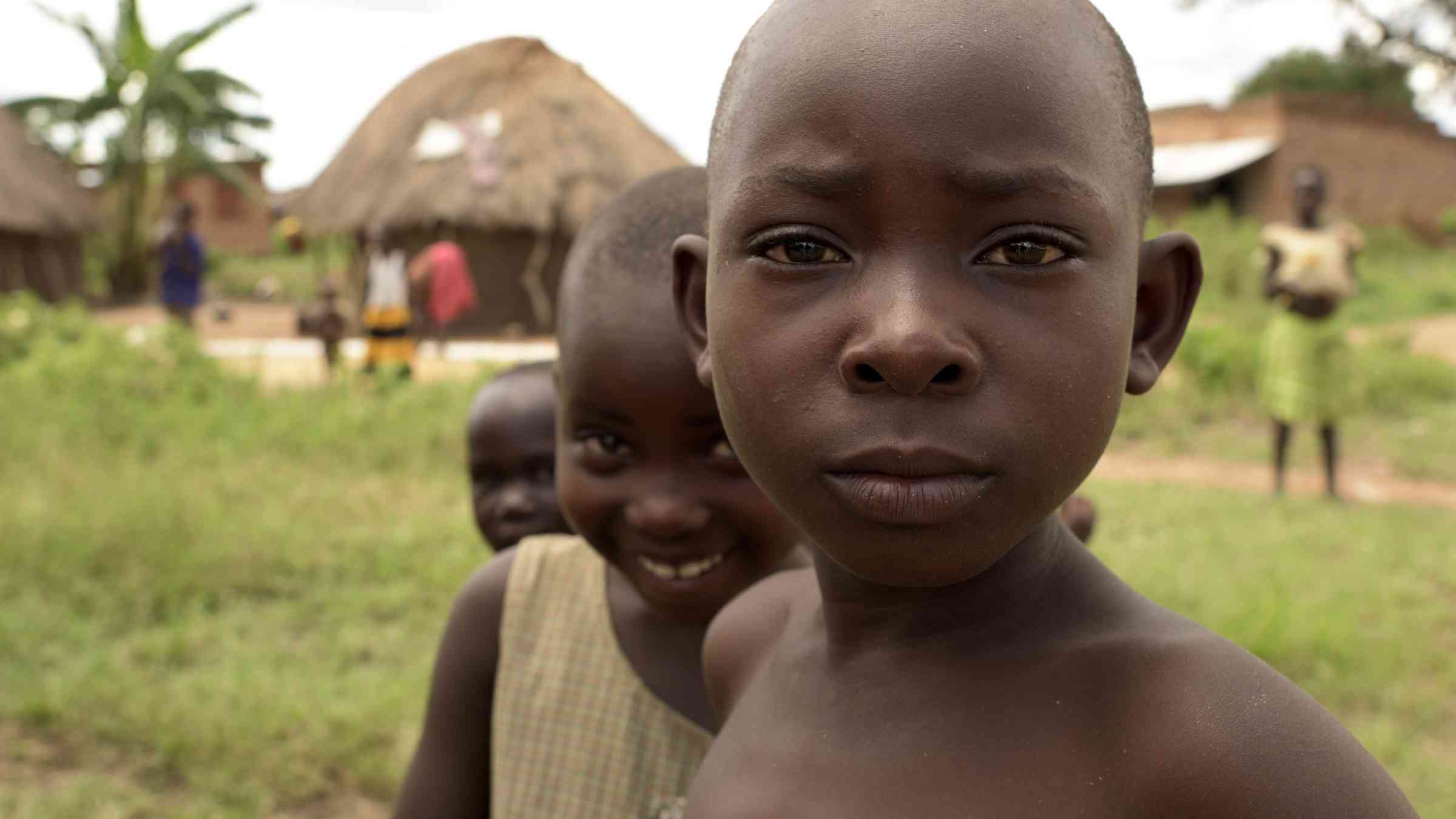New report shows pre-arranged financing accounted for just 2.7% of the total USD71 billion in crisis financing flows in 2021

The Centre for Disaster Protection publishes today its inaugural annual report, The State of Pre-arranged Financing for Disasters 2023, a significant milestone in understanding, measuring and advancing pre-arranged financing (PAF).
Collating the best available data to start to assess and monitor annually what matters in a world of increasing disaster risk, the report reveals that the small volume of international development financing for PAF reported to the Organisation for Economic Cooperation and Development Development Assistance Committee is still not reaching the poorest and most vulnerable countries.
Key findings include:
- 2.7%: total share of the USD71 billion international crisis financing that was used for pre-arranged finance in 2021 (total figure was USD1.9 billion).
- 3.7%: total percentage of international development financing for PAF that reached low-income countries between 2017 and 2021 (total figure was USD200.8 million).
- Across 2017–2021, high-income countries received the highest levels of international development financing for PAF per capita (USD12.4) and low-income countries the lowest (USD0.3). This contrasts with a much more pro-poor distribution of Official Development Assistance (ODA) overall.
- Just 0.2% (USD78 million) of humanitarian funding reported to the OECD DAC in 2021 was funding for anticipatory action. Unlike most PAF, anticipatory action is strongly concentrated in the poorest and most vulnerable places.
The report also showed that the types and affordability of international development financing for PAF and instruments available do not meet the needs of the poorest and most vulnerable countries. Affordability also acts as a disincentive to pre-arrange financing, particularly for low-income countries facing high levels of debt, and while there are signs of incentives and instruments evolving, uptake among low income countries remains low.
Daniel Clarke, Director of the Centre for Disaster Protection, said:
“The Centre for Disaster Protection strives to ensure that disaster risk financing leaves no one behind, addressing the urgent need for more impactful and equitable solutions. While the world faces increasing exposure to risk, pre-arranged financing offers a potential lifeline, better guaranteeing more timely assistance. To drive progress, the Centre's data-led report provides a critical tool for measuring, monitoring, and targeting international development financing where it's needed most, fostering evidence-based reflection and discussions in a global policy context.
As COP28 approaches, it's a pivotal moment to advocate for increased utilisation of PAF that truly serves climate-vulnerable communities. The landmark agreements from COP27 have elevated PAF to the forefront of international climate policy. Supporters and providers of PAF must navigate political landscapes with care, addressing its shortcomings and ensuring affdability. They must also confront the many areas in which PAF is falling short of meeting the needs of vulnerable countries and people, in a warming climate where exposure to risk is growing, and where the affordability of financial protection is under pressure. The fact is simple, as the report states: planning and preparing for shocks pays.”
Michèle Plichta, Researcher at the Centre for Disaster Protection and co-Author of The State of Pre-arranged Financing for Disasters 2023, said:
“We believe that monitoring international development financing investments in PAF provides a key tool to drive change towards better outcomes for climate- and crisis-vulnerable people. We are committed to driving improvements in the quality and availability of data and information on international investments in PAF, and this inaugural annual report is a key milestone in this journey. We welcome others to join us on this journey in our community of practice on improving monitoring data on PAF for disasters.”
Lydia Poole, Associate Director - Policy and Evidence at the Centre for Disaster Protection and co-Author of The State of Pre-arranged Financing for Disasters 2023, said:
“When we embarked on this research we suspected that international investments in PAF were not reaching the most vulnerable people and places, but we were surprised at just how little of the overall amount was reaching lower income countries. The data speaks for itself and provides a powerful signal for international supporters of PAF to reflect on what and who they prioritise with aid investments. If disaster risk financing and insurance is to be a key tool for financing climate-related Loss and Damage, we must urgently take steps to ensure that PAF tools and instruments are accessible to and meet the needs of those at risk of climate disasters and aligned to Loss and Damage principles more broadly.”